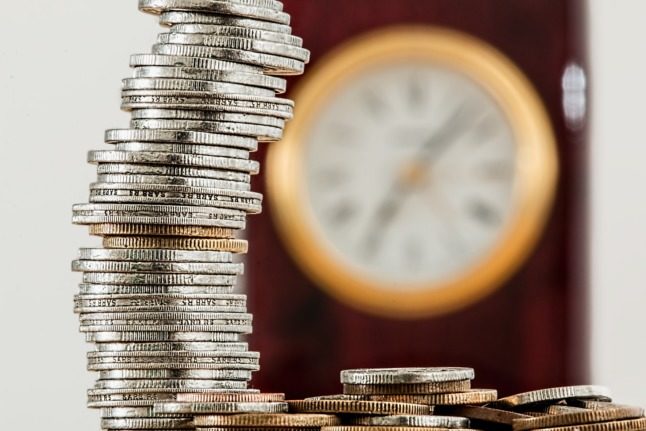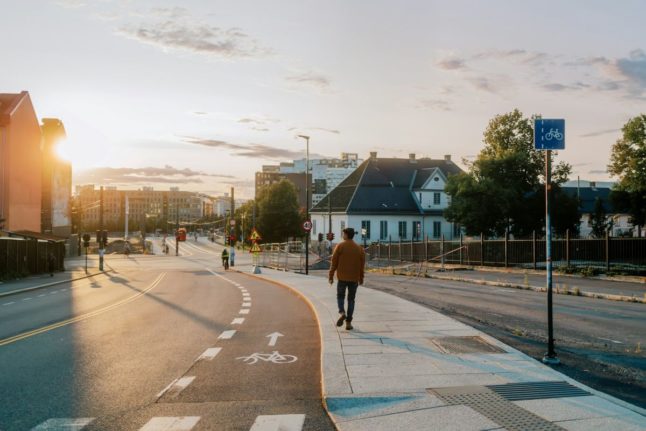What is the revised budget?
The original provisional budget for 2021 was presented in October 2020, but the government has reviewed and revised the original budget with the aim of reducing the long-term effects of the coronavirus pandemic, and strengthening the country’s efforts to reopen society.
“The reopening of society has started. Vaccination is well underway, and within months, most of the adult population will be offered vaccines. We have been in this crisis together, and together we shall leave it behind. With the revised budget, we strengthen the effort to create more jobs and include more people in the job market,” PM Erna Solberg said at the budget’s unveiling.
The budget was presented by Norway’s Finance Minister Jan Tore Sanner, and the country will be leaning heavily on its oil fund to finance its recovery from the coronavirus pandemic.
“It has been necessary to face the crisis with strong measures, and it is in line with the rule of action to increase the use of oil money in times of crisis like this,” the finance minister said.
The government is proposing extending financial support for businesses and employees, extra funding for hospitals, and airports. In addition to this the government wants to extend the cut in VAT until the end of summer, set up a new tax scheme for startups and tax wind farms.
Here’s how some of the proposals may affect you.
Funding for quarantine hotels until November
The Directorate of Security and Emergency Preparedness will receive more than 1.1 billion kroner in extra funding so that the quarantine hotel scheme can run until November 10th.
“The quarantine hotel scheme has proved to be an essential tool for limiting import infection as much as possible. Our proposal means we have the necessary budget to continue the scheme,” Justice Secretary Monica Mæland, said in a statement.
A further 29.1 million kroner of funding has also been set aside for the country’s entry registration system.
Everyone entering Norway from so-called “red” countries – those with high infection rates – is required to fill out a registration form prior to their arrival. Part of the funding will go to call centres that deal with travellers queries, where demand has been much higher than expected.
Extension of support schemes
The government’s various Covid-19 support schemes will be extended, with some being reduced.
Support for workers made redundant due to the coronavirus, called permittering, will now only be able to benefit for a maximum of 26 weeks, beginning in July.
Workers on permiterring are laid off either fully or partially. Workers laid off at least 40 percent of regular hours can access financial support from NAV. Workers will receive either 80 or 60 percent of their wages from NAV, depending on how much they earn.
Workers on hourly contracts are paid an average based on their earnings.
The government has pledged to extend the compensation scheme for businesses, wage support scheme and loan guarantee scheme for companies until October 2021, but they may be phased out from September if there is little demand.
“We emphasise that temporary crisis measures should be temporary. When Covid-19 measures are gradually lifted, the compensation schemes must also be scaled down,” finance minister Sanner said.
VAT reduction extended to the end of summer
Last year the government cut VAT for certain industries and businesses to 6 percent. This cut will stay in place until the end of the summer.
The lower VAT rate will be in place until September 30th 2021, after that it will return to 12 percent.
The lower rate applies to passenger transport, hotels and accommodation, public broadcasting, cinemas, museums, amusement parks and sporting events.
This means anyone planning activities or a staycation in Norway this summer as society reopens could save a pretty penny thanks to the reduced VAT rate being extended.
More money for healthcare
Hospital budgets will be boosted to the tune of 7.3 billion kroner this year.
Around 800 million kroner is already earmarked to cover the costs of laboratories’ analysis of the Covid-19 virus. A further 1.5 billion kroner will be used to compensate hospitals for revenue lost to the Covid-19 pandemic.
There will also be increased funding for IVF treatment.
Estimated growth of 3.7 percent
The government forecasts economic growth based on GDP of 3.7 percent in 2021. This is down compared to the 4.4 percent the government predicted in its original budget last fall.
READ MORE: Rising house prices: What’s next for the Norwegian economy?
However, this isn’t cause for concern as 3.7 percent is only 0.2 percent higher than what is considered the ideal growth rate of 3.5 percent. This is regarded as the sustainable rate an economy can grow without facing any adverse side effects.
Tax on wind farms
Government is introducing a tax on the production of wind turbines from 2022.
The tax has been described as “moderate” by government.The money raised by the tax will go to municipalities that host wind turbines,
READ MORE: Why Norwegian fisherman are against more offshore wind farms
More money for airports
Avinor, which operates Norway’s airports will receive an additional one billion kroner in funder, taking total funding for 2021 to 3.8 billion kroner.
Government will also pay out 212 million kroner in lost revenue to Top Sandefjord and Haugesund airports.
Start Ups
Government is proposing a new tax option scheme for companies in the start-up and growth phase. The scheme will make taxes simpler for companies and employees and will provide a more favourable tax treatment to encourage growth in the start up sector.



 Please whitelist us to continue reading.
Please whitelist us to continue reading.
Member comments